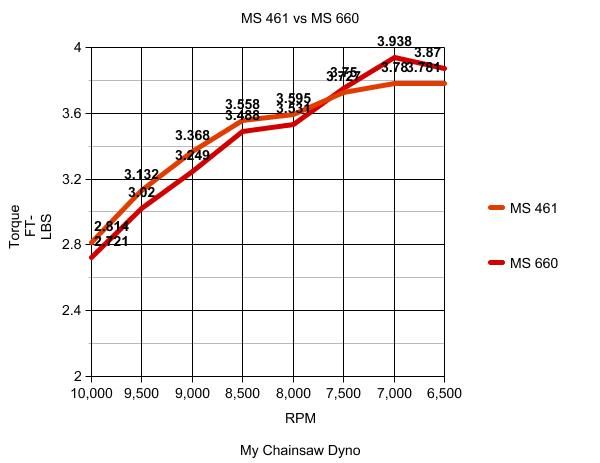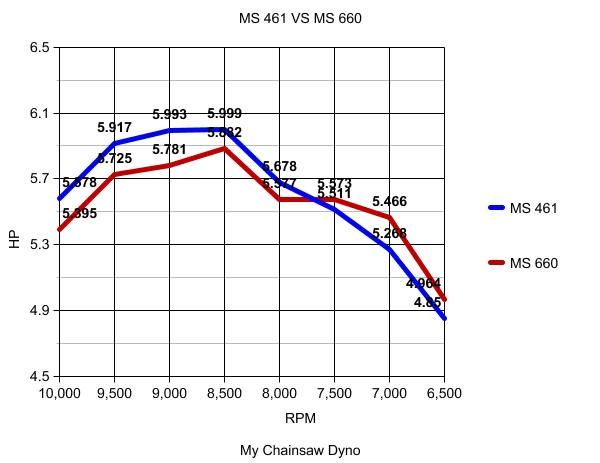weedkilla
Ain't no guru of nuthin'
I'm talking flock and pretty sure MCW is too.Are you talking about the flock or the mesh filters. I can see the mesh filters letting in all kinds of dust, but that's what my 346 has been wearing for 10 years.
His situation would be worse than mine, he lives in 10-15" rainfall country, I live in 35-40" rainfall. What he calls dust is bloody great clouds of red sand.







